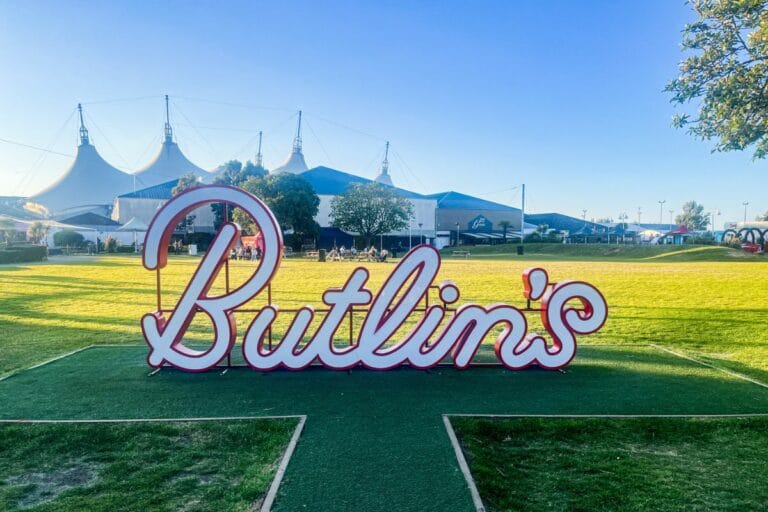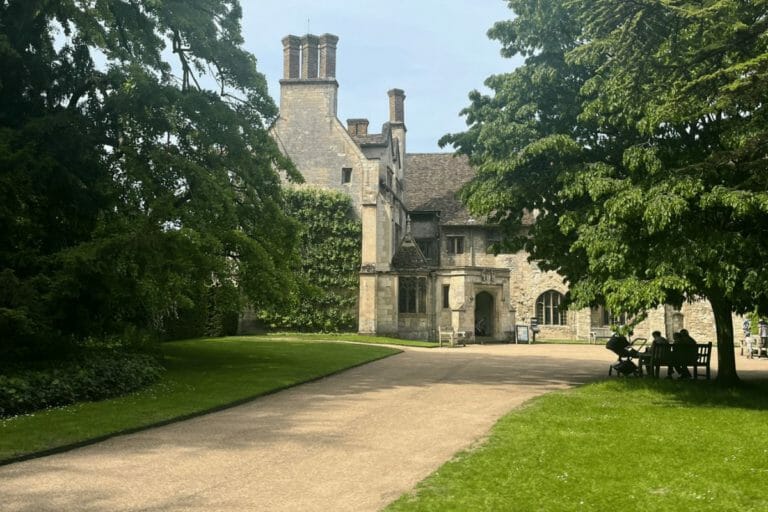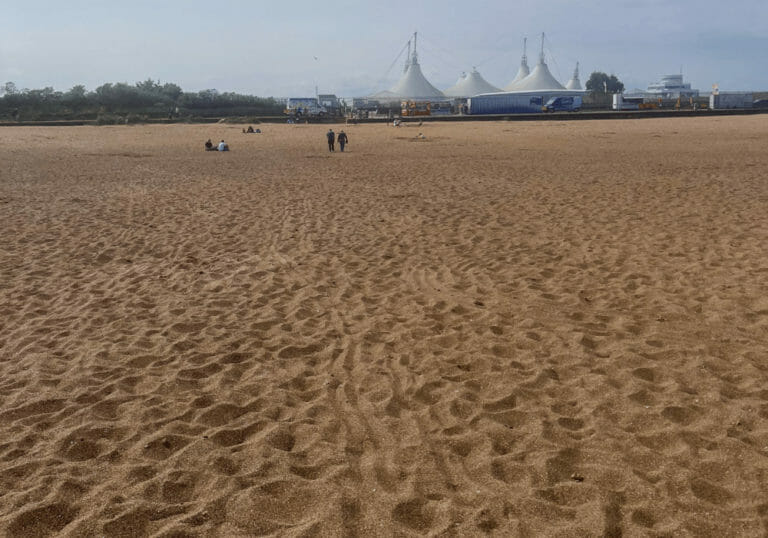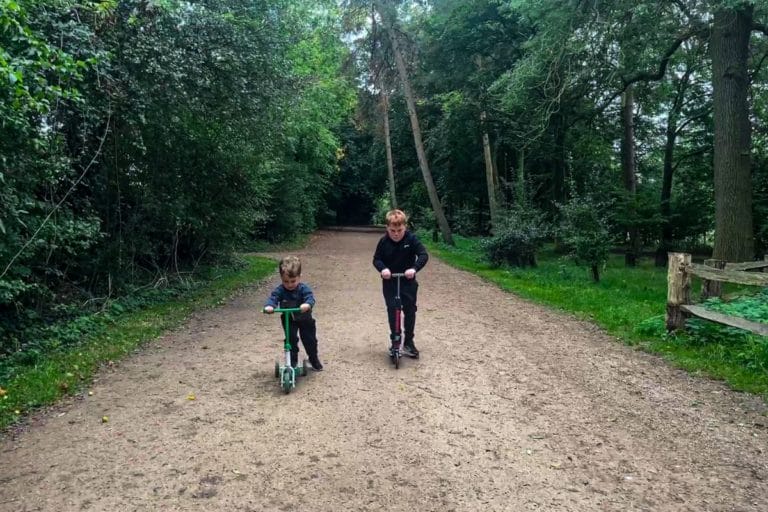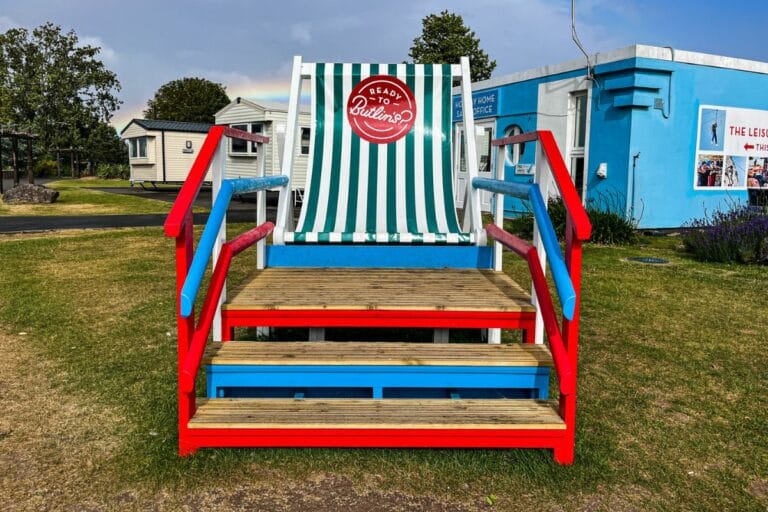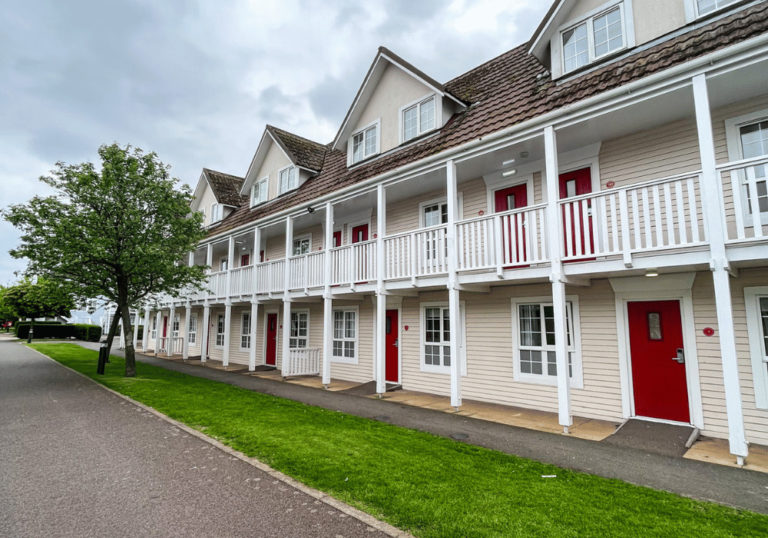Everything You Need to Know Before Planning a UK Trip: An Ultimate Guide
From the historic landmarks of London to the picturesque landscapes of the Scottish Highlands, the United Kingdom (UK) offers a diverse range of attractions and experiences for travellers of any age. However, before embarking on your adventures across the UK, it’s essential to spend time planning and preparing so you know what to expect. In this complete guide we’ll give you all of the information you need to know before planning a UK trip. From the best time to visit and what to pack to how many days you should be planning to spend in the UK, and even what is the voltage in the UK. We’ll give you all of our best tips in a simple and clear way to make sure that your planning and travel is as smooth as possible.
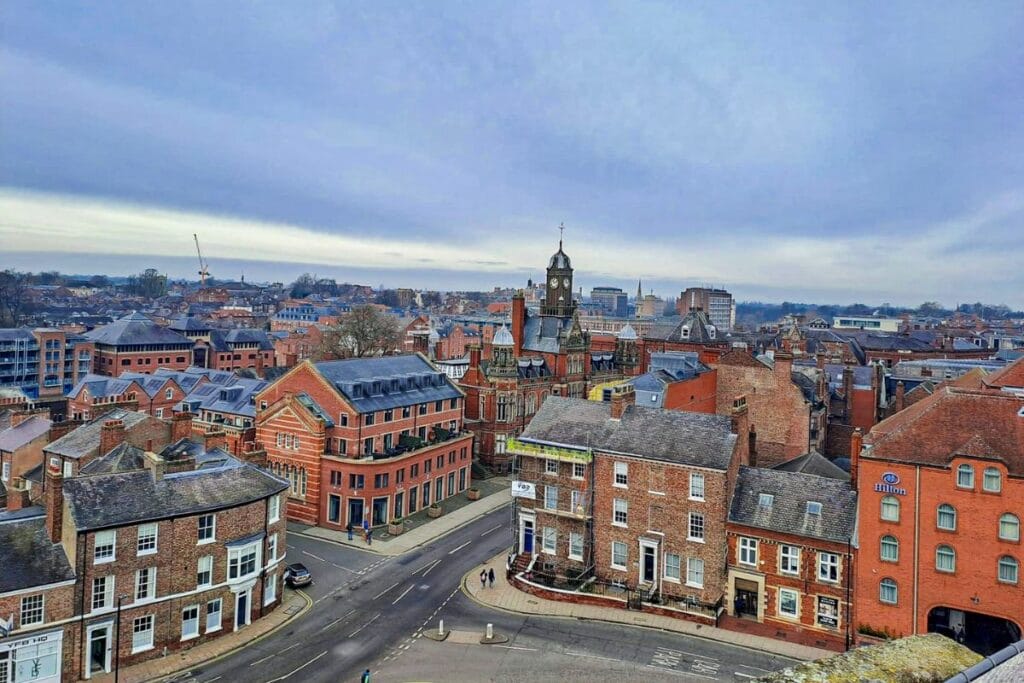
This site contains product affiliate links. We may receive a commission if you make a purchase after clicking on one of these links.
What’s in this post?
If there is something in this post that you’re particularly interested in you can skip straight there by clicking on it in the contents section below. If not, then continue reading to learn everything you need to know before planning a trip to the UK.
- What's in this post?
- 25 things you need to know before planning a UK trip
- What is the difference between the UK, Great Britain and the British Isles
- Not everyone in the UK is English
- There are 6 London airports but they’re not all actually in London
- There’s more than one capital city
- There’s more to see than just London
- The train network is pretty vast
- If you're visiting London then get an Oyster card
- Stand on the right
- If you can rent a car it’s easy to drive around the UK
- We drive on the left hand side of the road
- What is the voltage in the UK?
- What plug socket converter do I need for the UK?
- Pack a jacket no matter when you travel
- Currency is pound and most places take card
- Where you can find public toilets
- Where you can check your visa requirements
- Most of the museums in the UK are free to enter
- What is etiquette in the UK?
- Tipping isn’t mandatory in the UK
- There are many accents, some harder to understand than others!
- Figure out how to pronounce the place you’re visiting before you arrive
- Most of us have never met the King (or Queen)
- Tea is a tradition in the UK
- There’s a big (and controversial) difference between scones in Devon and scones in Cornwall
- FAQs for planning a UK trip
- Summary: planning a UK trip
This site contains product affiliate links. We may receive a commission if you make a purchase after clicking on one of these links.
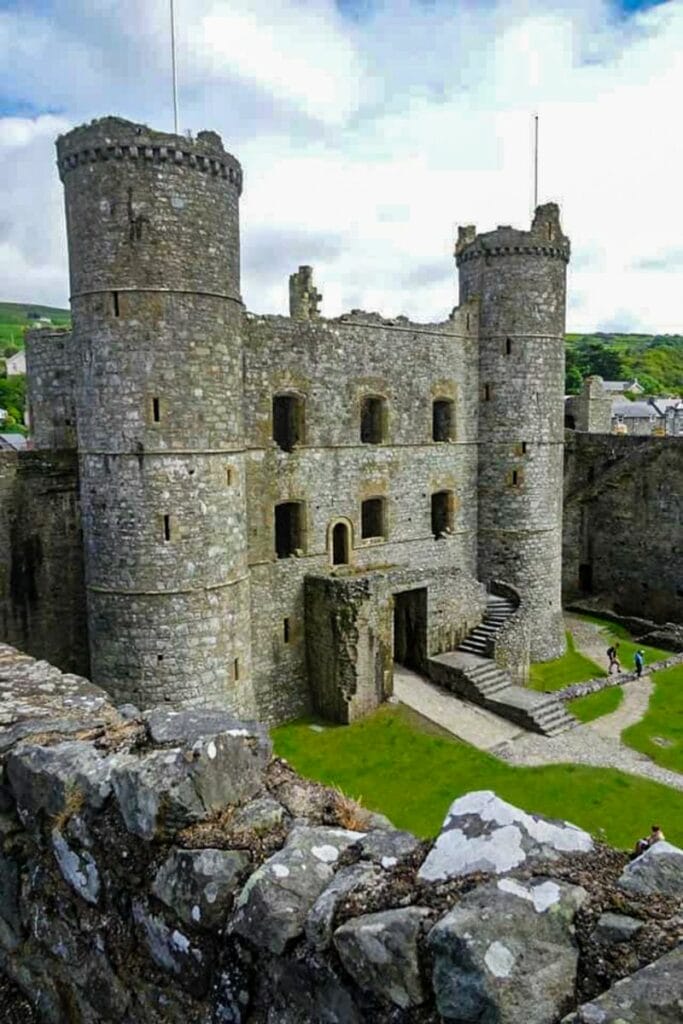
25 things you need to know before planning a UK trip
What is the difference between the UK, Great Britain and the British Isles
The United Kingdom (UK) includes England, Scotland, Wales and Northern Ireland. Whereas Great Britain refers to the larger island that is made up of England, Scotland and Wales. The British Isles is composed of the countries that make up the UK, plus the Republic of Ireland, Channel Islands, and the Isle of Man.
Not everyone in the UK is English
The UK is made up of more than just England, that means that not everyone in the UK is English. If you visit Scotland, Wales or Northern Ireland and refer to them as English you’re not going to be making many friends!
There are 6 London airports but they’re not all actually in London
Just because it’s called a London airport doesn’t mean that it’s actually located in London! London City Airport and London Heathrow Airport are the only two London international airports that have easy and direct links to central London on the tube. London Gatwick isn’t accessible by tube but is still pretty easy and quick to get into central London, whereas London Stansted and London Luton are further out.
There’s more than one capital city
Each of the countries in the UK have their own capital cities. The capital of England is London, the capital of Scotland is Edinburgh, the capital of Wales is Cardiff, and the capital of Northern Ireland is Belfast.
There’s more to see than just London
Whilst there’s tons to see in London, the UK is so much more than just the city. Whether you stay close by with a visit to Stonehenge and Bath, or travel further afield to the Scottish Highlands to ride on the Hogwarts Express or the Giant’s Causeway in Northern Ireland, there’s a wealth of history and natural beauty to explore.
The train network is pretty vast
In the UK the trains run regularly throughout the day and you can get almost anywhere in the UK by train. If you’re planning to travel the UK by train then you can find a handy trip planner on the National Rail website.
If you’re visiting London then get an Oyster card
Oyster cards are a great option if you need to get around London. It’s a pay as you go card that you can add credit to then use it to pay when you travel on public transport. The cost for any travel done in one day is capped at the cost of a day travel card. This is a great budget friendly way to travel around London as it will never cost you more than a day travelcard but you may spend less if you don’t do as much travel on the tubes or buses as you thought. London is an easily walkable city with most tourist attractions within close proximity so the Oyster card is the perfect option if you end up walking more than expected. The best thing about the Oyster card is that not only does the credit never expire, but any credit still on the card at the end of your visit can be refunded.
Stand on the right
If you’re visiting London and getting around by tube, you need to know that on an escalator you should stand on the right. London is a busy commuter city so it’s just polite to stand on the right so that people can pass if they’re in a rush
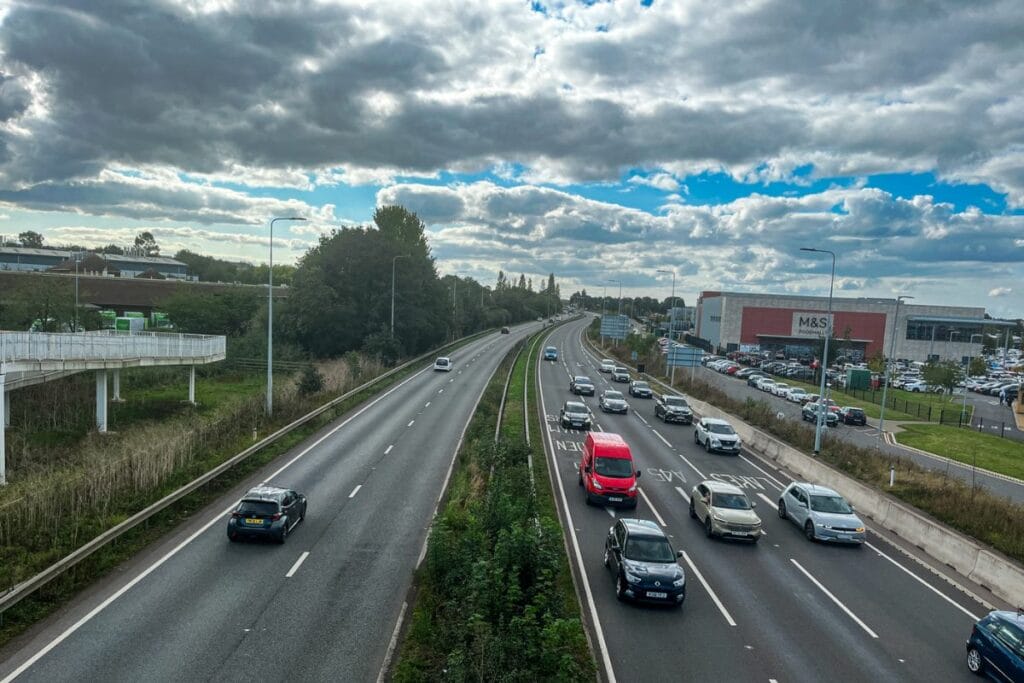
If you can rent a car it’s easy to drive around the UK
The UK is connected by a series of motorways and dual carriageways that are well signposted making it easy to navigate and get around. There are plenty of petrol (gas) stations and most car hire places will have both manual and automatic cars available.
We drive on the left hand side of the road
If you do decide to rent a car make sure to remember that we drive on the left hand side of the road in the UK and give way to cars coming from the right on roundabouts.
What is the voltage in the UK?
The normal voltage in the UK is 230 volts (or 230v) and 50 hertz (or 50 Hz) but this can vary depending on the property and power supply. If you have a device that is designed for a lower voltage then you may need a transformer or a converter to get it working. You can pick these up on Amazon for a reasonable cost.
What plug socket converter do I need for the UK?
You cannot put a 2 pin plug in a 3 pin socket in the UK. If you’re travelling to the UK you’ll need a three pin (or type G) adapter to be able to use the plug sockets. This is different from most of the rest of Europe who use a 2 pin (or type c) plug. These are easily found either on Amazon, or in most UK supermarkets if you forget to bring one with you.
Something else worth mentioning if we’re talking about plug sockets in the UK is that most have an on/off switch next to the plug. If the bottom of the switch is pushed in then the plug is on, and if the top of the switch is flush with the socket cover then it’s off. If a plug socket is off then there;s no power and it wont charge anything so try and remember to check the switch when plugging your electronics in.
Pack a jacket no matter when you travel
The dreary and ever changing weather in the UK has to be the most overused and widely known joke, but it doesn’t matter if it’s forecast to be the hottest day on record in the UK it will probably still rain! Always pack a raincoat or jacket when visiting the UK, don’t just assume that because you’re travelling in August it won’t rain, it can rain at any time of the year in the UK.
Currency is pound and most places take card
The pound sterling or GBP is the currency in the UK and almost everywhere takes card payments, some places are even completely cashless. There are also plenty of ATMs (also known as cash points) but some do charge a fee to withdraw your money. While American Express isn’t as widely accepted in the UK as it is in the US it is becoming more common so most major supermarkets, restaurants and shops do now accept it.
Where you can find public toilets
In the UK it’s usually quite easy to find toilets that are open to the public. You can find them in all large supermarkets, some petrol (gas) stations, shopping centres (malls), department stores, and fast food restaurants (like McDonalds). Most cafe’s will have toilets but will likely be available to customers only so you’ll need to buy something to use them.
Where you can check your visa requirements
The Gov.uk website is the best place to check the most up to date and accurate visa requirements to enter or travel through the UK.
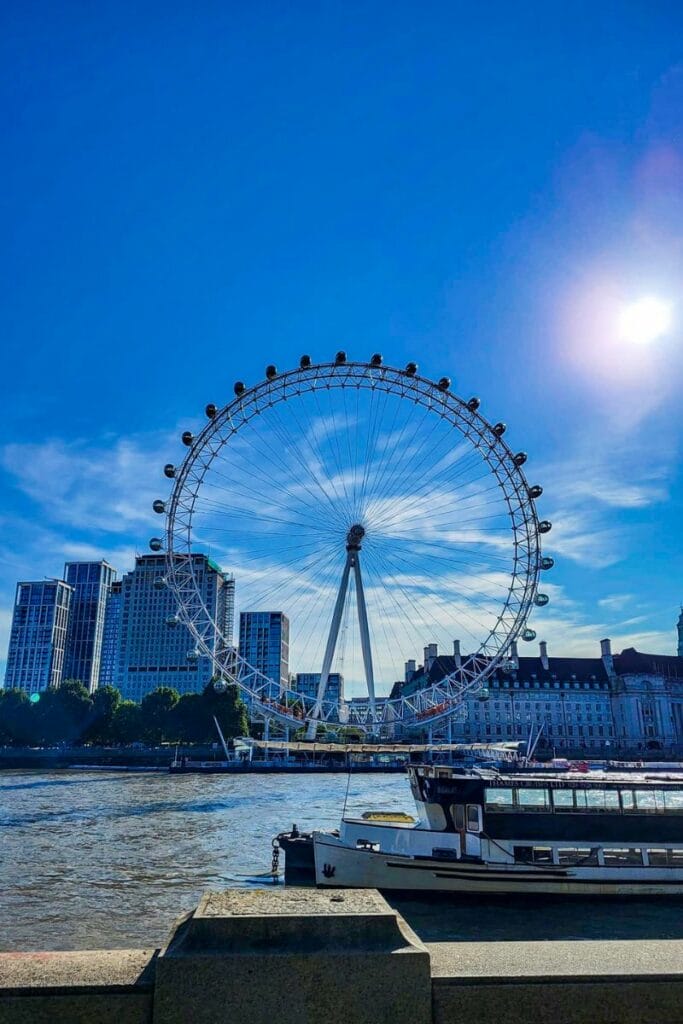
Most of the museums in the UK are free to enter
If you’re looking for some free things to do in the UK to save on your travel budget then add some museums when you build your itinerary. Some examples include the Natural History Museum in London, the Science Museum in London, the National Football Museum in Manchester, the National Museum of Scotland in Edinburgh, the Big Pit National Coal Museum in Wales, and the Highland Folk Museum in Scotland.
Although free to enter you do still need to have a booked ticket to enter so make sure to check the attraction website ahead of visiting to see if you need to reserve your spot.
What is etiquette in the UK?
The main thing to remember is that politeness is key so say please and thank you, and apologise if you cut someone up or bang into them. Also, queueing is basically mandatory in the UK and queue jumping is not taken lightly! It’s not illegal, you will just face some angry Brits if you try it on.
Tipping isn’t mandatory in the UK
In the UK tipping is not mandatory or expected, it’s an optional payment used to show appreciation for good service. Most commonly used in restaurants a good tip is generally 10% to 20% of the total cost depending on the level of service. It’s also pretty common to tell take out delivery drivers or taxi drivers to “keep the change” if you hand them a note that is more than the bill to give them a small tip.
If you’re travelling as a large group some restaurants will add a service charge to your bill, in this case the tip has already been added so you don’t need to add anything else.
There are many accents, some harder to understand than others!
If you’re coming to the UK and expecting to hear a traditional English accent (or Queen’s English) you may be disappointed. Despite being so small the UK has many different accents, even if you don’t travel around the different countries in the UK and only stay in England.
Figure out how to pronounce the place you’re visiting before you arrive
Nothing shouts tourist more than mis-pronouncing the name of a town in the UK. Below I’ve listed some tricky ones and now to pronounce them correctly.
Southwark in London is suth-ark
Marylebone in London is mar-lee-bone
Torquay in England is tor – key
Gloucester in England is gloss-ter
Omagh in Northern Ireland is oh-ma
Edinburgh in Scotland is ed-in-bra
Wales is on a whole other level as Welsh is still widely spoken as its own language so the town names are all tricky at best. I’d recommend just checking the places you’re going on Google to get that pronunciation right.
Most of us have never met the King (or Queen)
Whilst you can admire Buckingham Palace from the outside and even pay for a tour of the inside, it takes something special to get an audience with the King.
We do, however, get a letter from the King on our 100th birthday, 105th birthday, and every following birthday afterwards if we’re lucky enough to still be around.
Much to the disappointment of some tourists most of us in the UK have never met the King and didn’t meet the Queen either!
Tea is a tradition in the UK
A cup of tea is quite a big deal in the UK. It’s made with a kettle, not on the stove or in a microwave and everyone has a strong preference on how much milk is too much when it comes to tea. The best way to enjoy a tea is as part of an afternoon tea which is available across most of the UK. You can enjoy a pot of tea with some sandwiches and cakes.
There’s a big (and controversial) difference between scones in Devon and scones in Cornwall
If you’re visiting the south-west of England then it’s important to know which order to put the jam and cream on a scone as this is a controversial subject between Devon and Cornish locals – you don’t want to get it wrong! If you’re in Devon you should cut the scone in half and put cream on each half first followed by a dollop of jam, in Cornwall you should do your jam first then cream.
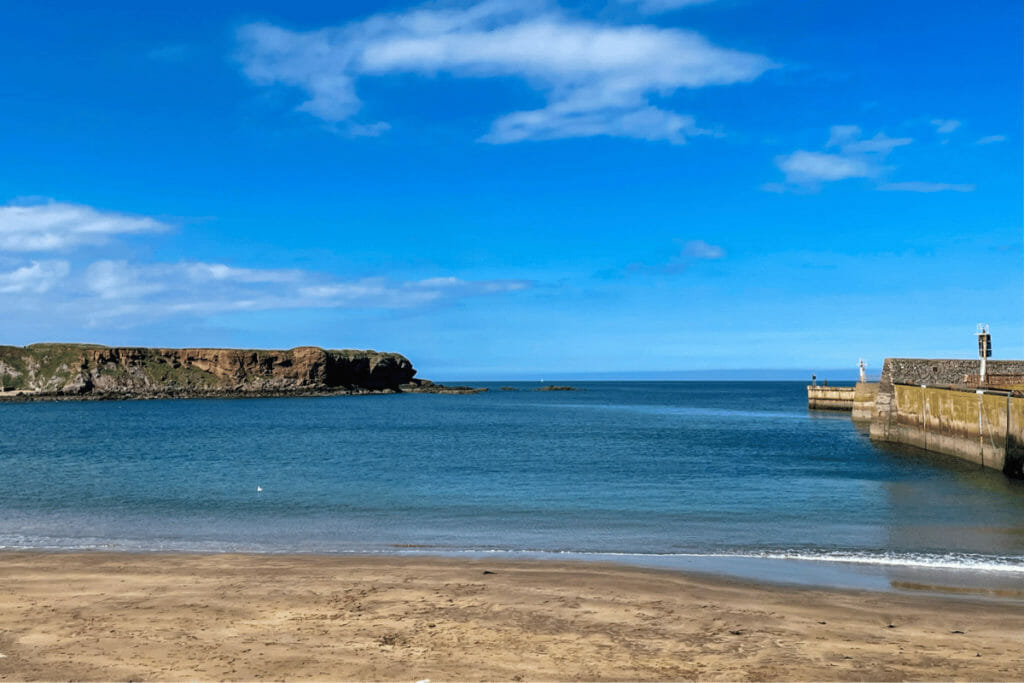
FAQs for planning a UK trip
How to plan a uk trip
Firstly, decide how long you will be able to spend visiting the UK before you move on to when is the best time to visit the UK, and what you want to see while you’re here. Be realistic about what you can achieve in the time you have so that you’re not trying to rush through activities or losing time through poor planning. This is also true for which UK airport you fly in to as some will be better placed for where you want to visit than others.
Research your planned destinations and how easy it is to travel between them. For instance, a 3 day trip to visit London and the Scottish Highlands isn’t going to be a great experience, whereas a 3 day trip to London in Bath is more achievable. Likewise, if you need two trains and a bus to get to one destination you may decide to pick somewhere that’s a bit simpler.
Plan your itinerary before you travel so that you can book tickets in advance. If you’re planning to visit Harry Potter Studios or Legoland Windsor, these attractions can get booked up and may not accept walk-ins so if something is a priority attraction book it early. The same can be said for shows or activities like The London Eye, these are popular attractions that get booked up early, especially during peak seasons.
How many days is enough for a UK trip?
This really depends on how much of the UK you want to visit but I’d say a week as a minimum to be able to visit 2-3 destinations. The ideal length of time to be able to see enough of the UK without it feeling rushed is two weeks, and three weeks would give you more than enough time here.
What do you need to pack for a UK trip?
Here’s the thing about the UK, you could visit in the middle of August when its forecasted to be nothing but sunshine and it could still rain in the morning and be blistering sunshine an hour later! This means that you need to plan for rain no matter when you visit.
If you’re visiting any time from April to September make sure to pack some sun glasses or a sun hat and a lightweight raincoat or umbrella. I wouldn’t worry too much about a big thick coat at this time of year, just bring layers so you can add or take away a layer as the weather changes.
If you’re visiting any time from October to March then you can probably skip the sunglasses and lightweight raincoat and swap them for a thick and warm water coat, along with a hat, gloves and scarf. Some waterproof walking boots would be a good idea at this time of year as we get a lot of rain and not only is it really uncomfortable to walk around in wet socks, but if you’re planning on doing any park or countryside walks it can be a bit slippery.
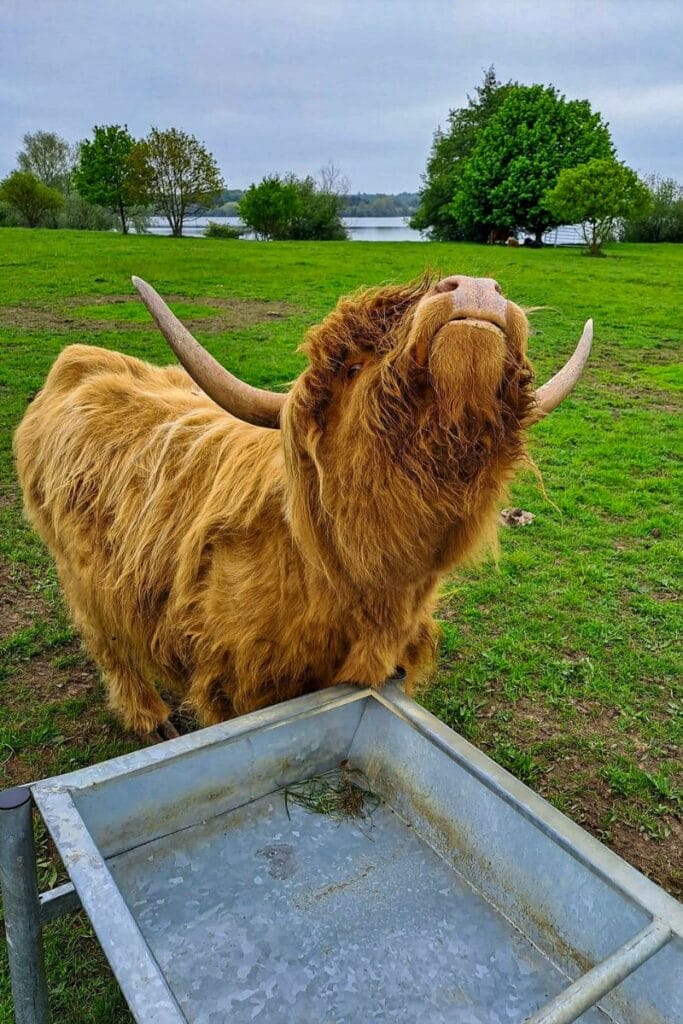
How often can you visit the UK?
If you’re on a Standard Visitor Visa then you can visit the UK and stay for up to 6 months. There is no limit on how often you can visit in a 12 month period, however the UK government website states that you cannot “live in the UK for long periods of time through frequent or successive visits”. I would advise always looking at the Gov.UK website for clarity on questions around visas.
What is the easiest way to travel the UK
The easiest way to travel the UK is by car. We have a wide network of main roads that run across the UK connecting the larger towns and cities with plenty of stops across the way. Also in some of the more rural areas the public transport may not be that reliable or far reaching so a car is essential.
If you can’t or don’t want to drive then the trains would be the easiest way to travel the UK. There are regular and reliable train services across most of the UK, however a lot of the routes are centred around the big cites, especially London. Also there are less frequent trains in some of the more rural areas where a mixture of trains and buses may be needed.
What is the cheapest way to travel the UK?
While not the easiest or quickest way, the bus network is certainly the cheapest way to travel the UK. Whether it’s the local bus network around small towns or the National Express – the UK’s biggest coach service
If you’re travelling through the small villages of the Cotswolds then this would be local buses. However, if you want to travel across the UK visiting various big towns and cities then travelling on the National Express would suit you best. The National express is the most popular and vast coach network that offers travel to hundreds of destinations across the UK and Ireland. With fares from as little as £5 on their low fare finder it’s a great option for cheap travel across the UK.
What is the cheapest month to travel the UK?
There is no single cheapest month to visit the UK but there are a few months that will be cheaper when there are no special events and the UK children are in school.
Avoid from late July until early September, December and April as this is when the children are on a break from school. Not only will it be cheaper if you avoid travelling during this time but it will also be quieter.
There are other times when the schools are on a break but these can vary by area so to get exact dates you’ll need to look on the council website for each area you’re travelling to.
Another expensive (and busy) time to visit the UK is around holidays like Easter, Christmas and New Year, or special events like royal weddings or Wimbledon.
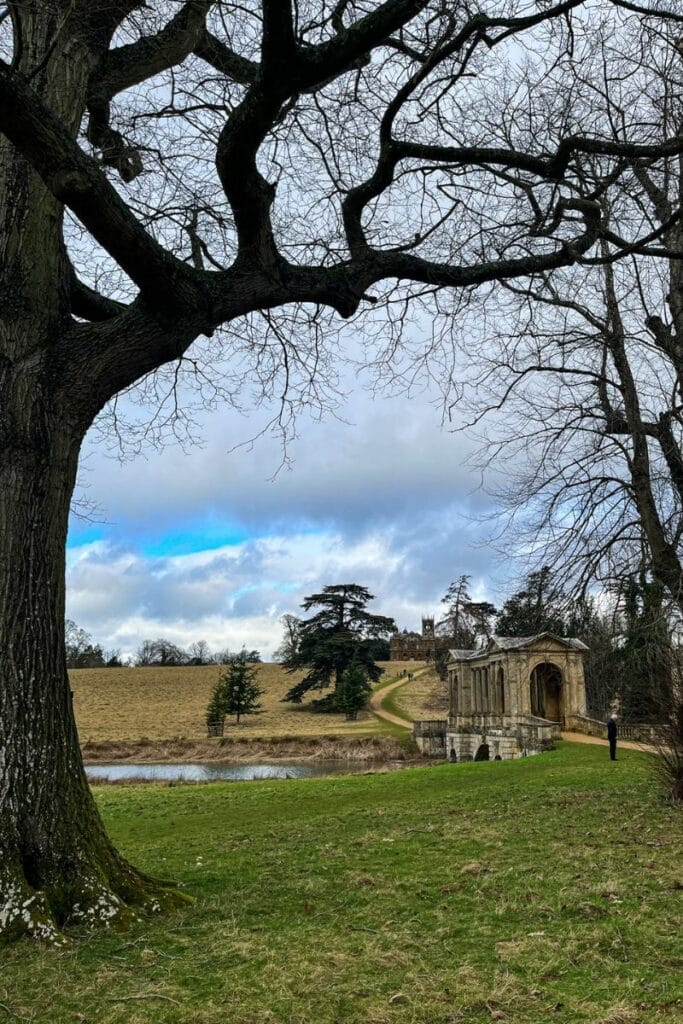
Summary: planning a UK trip
In summary, planning a UK trip requires careful consideration at every step from what side of the road to drive on to how to get around, or even what necessities to include on your UK packing list.
If I had to narrow everything in this post down to my top three tips they would be to be;
- To be polite and courteous, especially on public transport
- Try all the traditional food like a Sunday roast dinner, fish and chips, or the British staple – a cup of tea.
- Make the most of the free museums across the UK. Not only could it save you some money but most are quite interactive with fun activities for the whole family.
Whether you’re exploring the bustling streets of London, immersing yourself in the rich history of Edinburgh, marvelling at the natural beauty of Northern Ireland, or exploring the castles of Wales, the UK offers a huge range of attractions and experiences for every traveller.

